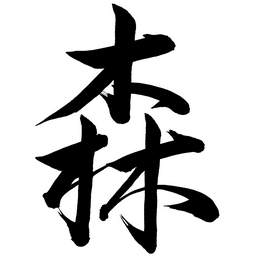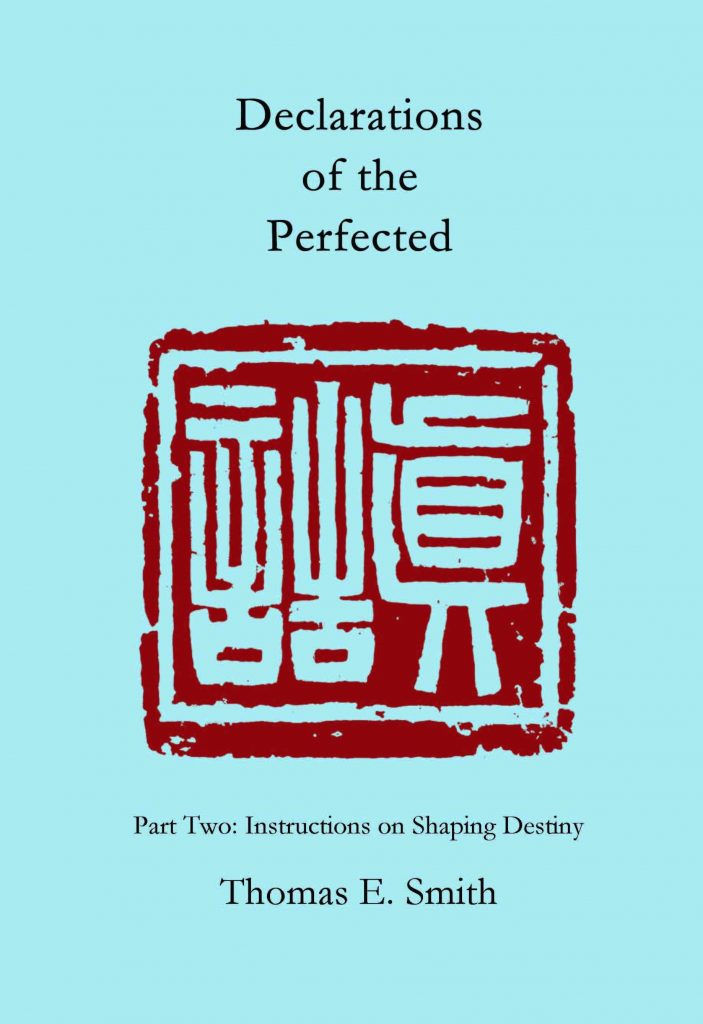THE AUTHOR
Thomas E. Smith received his Ph.D. in Chinese from the University of Michigan, then worked twenty years as a translator and editor for Taiwan’s Bureau of Foreign Trade before moving back to Ann Arbor in 2016. He is now a full-time, free-lance translator and editor of scholarly books and articles, mostly in Chinese social sciences and fine arts.
PRAISE
The Zhen’gao or Declarations of the Perfected offers the unique opportunity to look over the shoulders of the “founder” of a new religious tradition. The text collects notes taken by the medium Yang Xi and his adherents, dealing with questions addressed to the immortals and their answers and admonitions. Chapters 5-8, which are translated in this volume, contain information on the otherworldly destiny of deceased members of the Xu family as well as of their acquaintances and their sepulchral plaints. They present a firsthand insight into the religious ideas and concepts that became the fashion of a southern Chinese elite from the third through the sixth centuries CE. Both the author’s translation and copious comments together with helpful contextualizations are praiseworthy. Not only Daoist specialists but anybody having an interest in comparative religion and Chinese history is well advised to peruse this work.
—Stephan Peter Bumbacher, University of Tübingen

